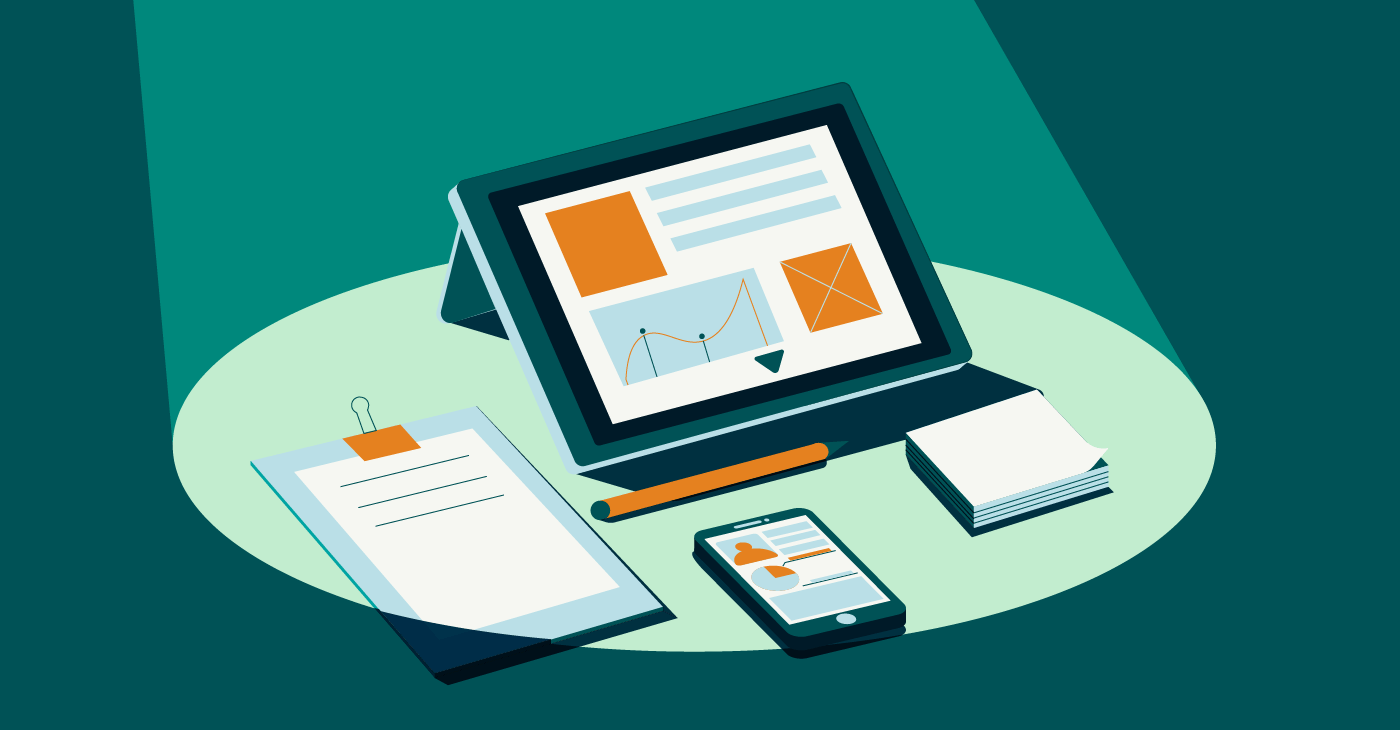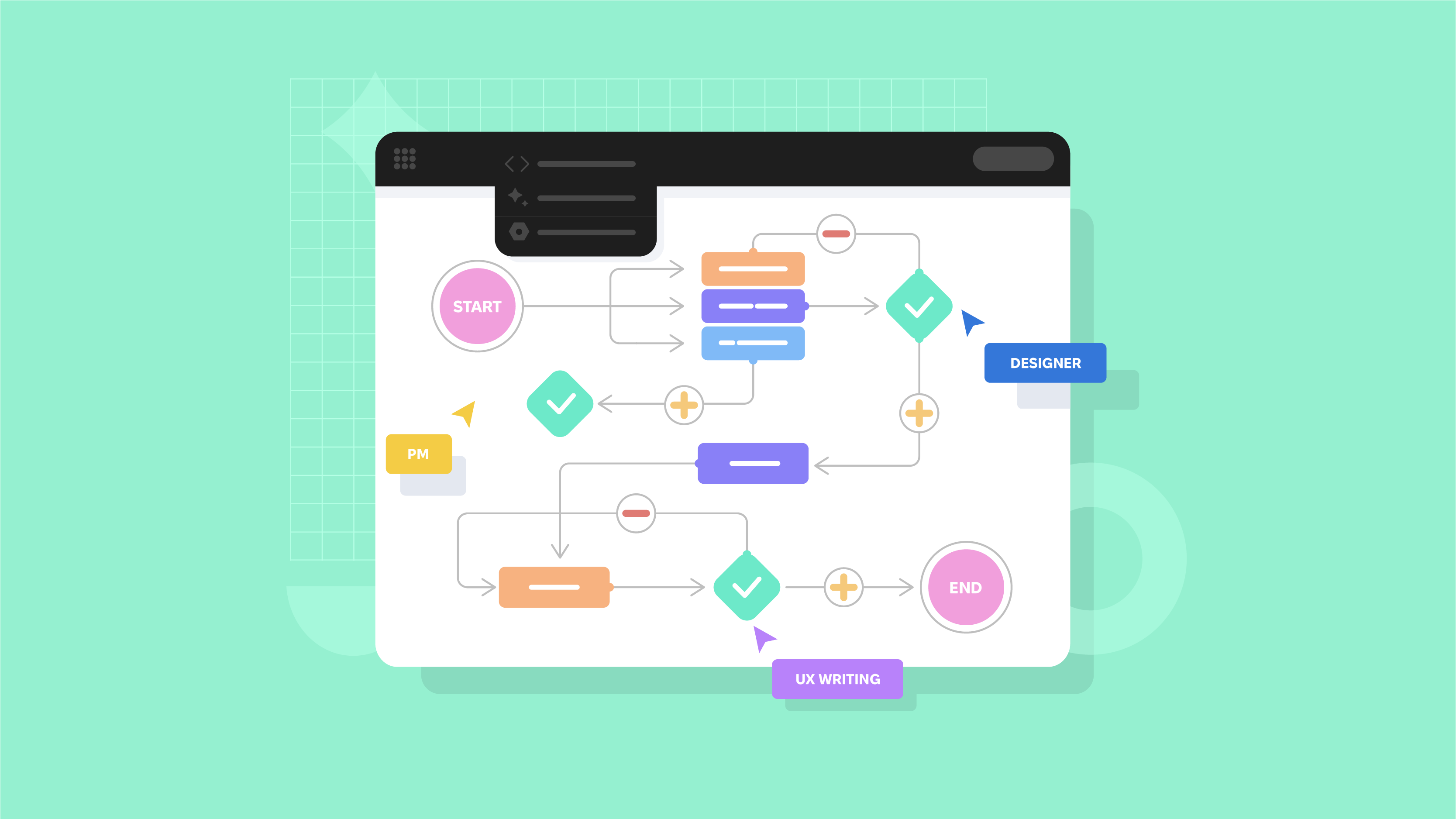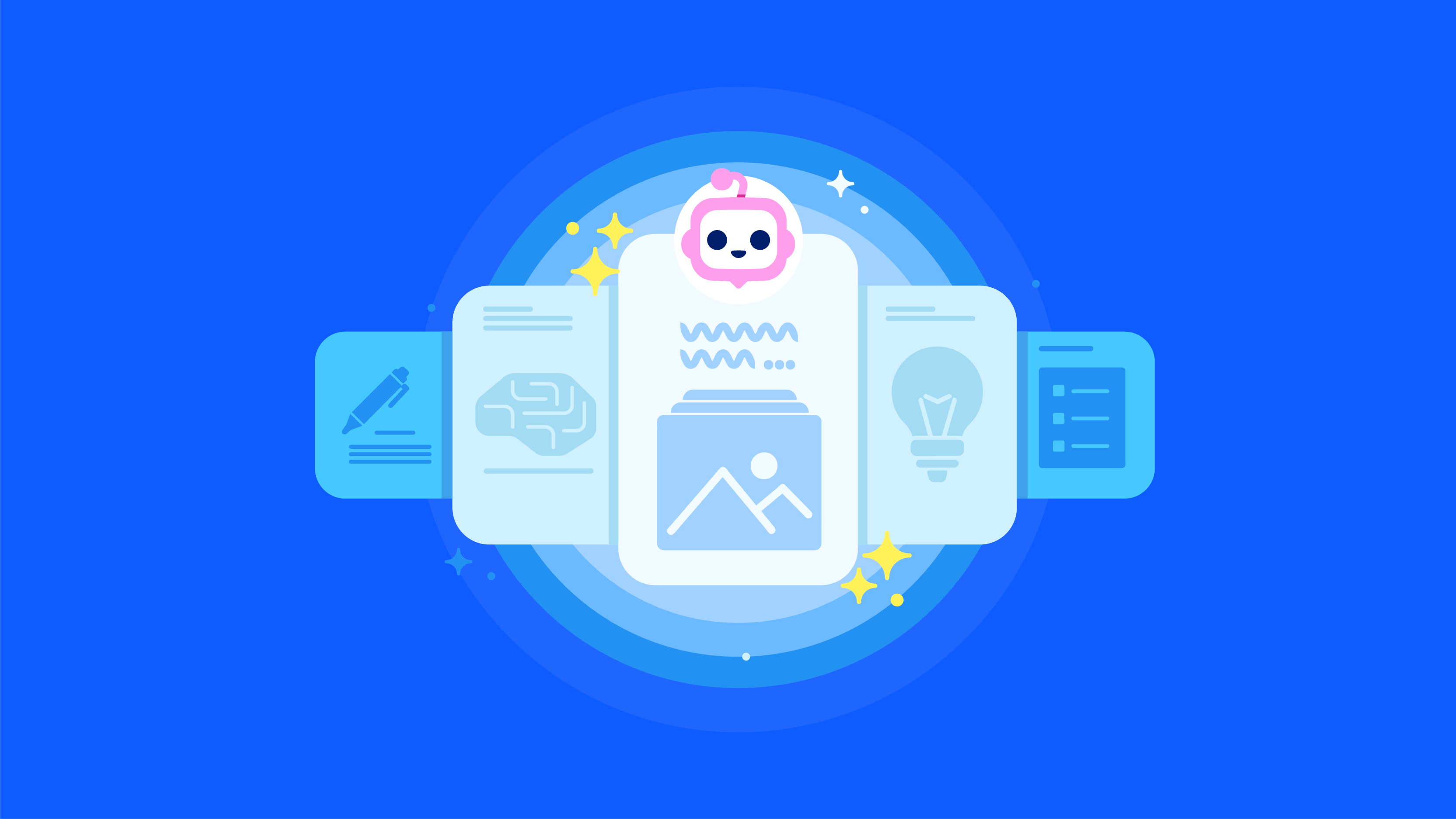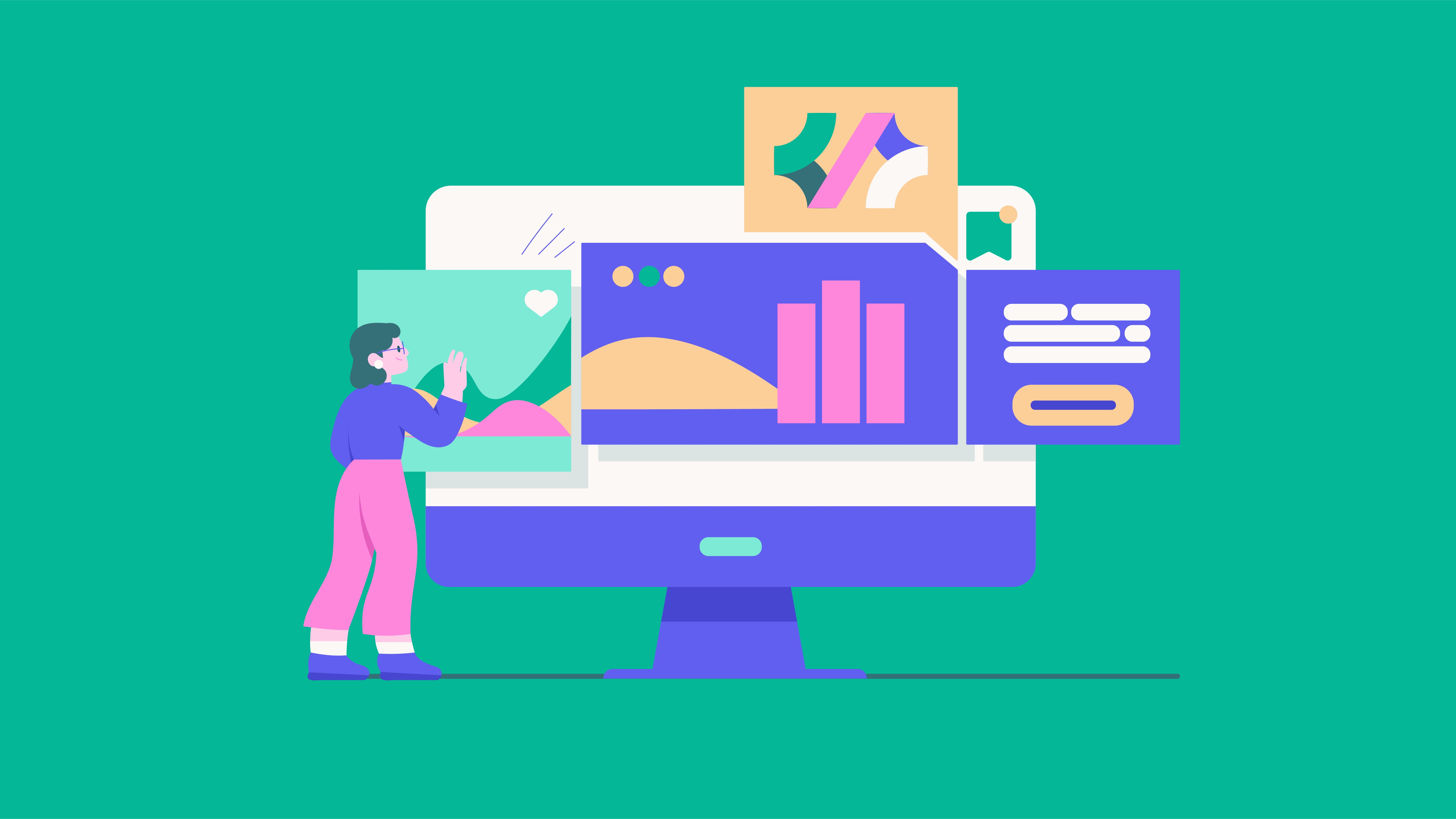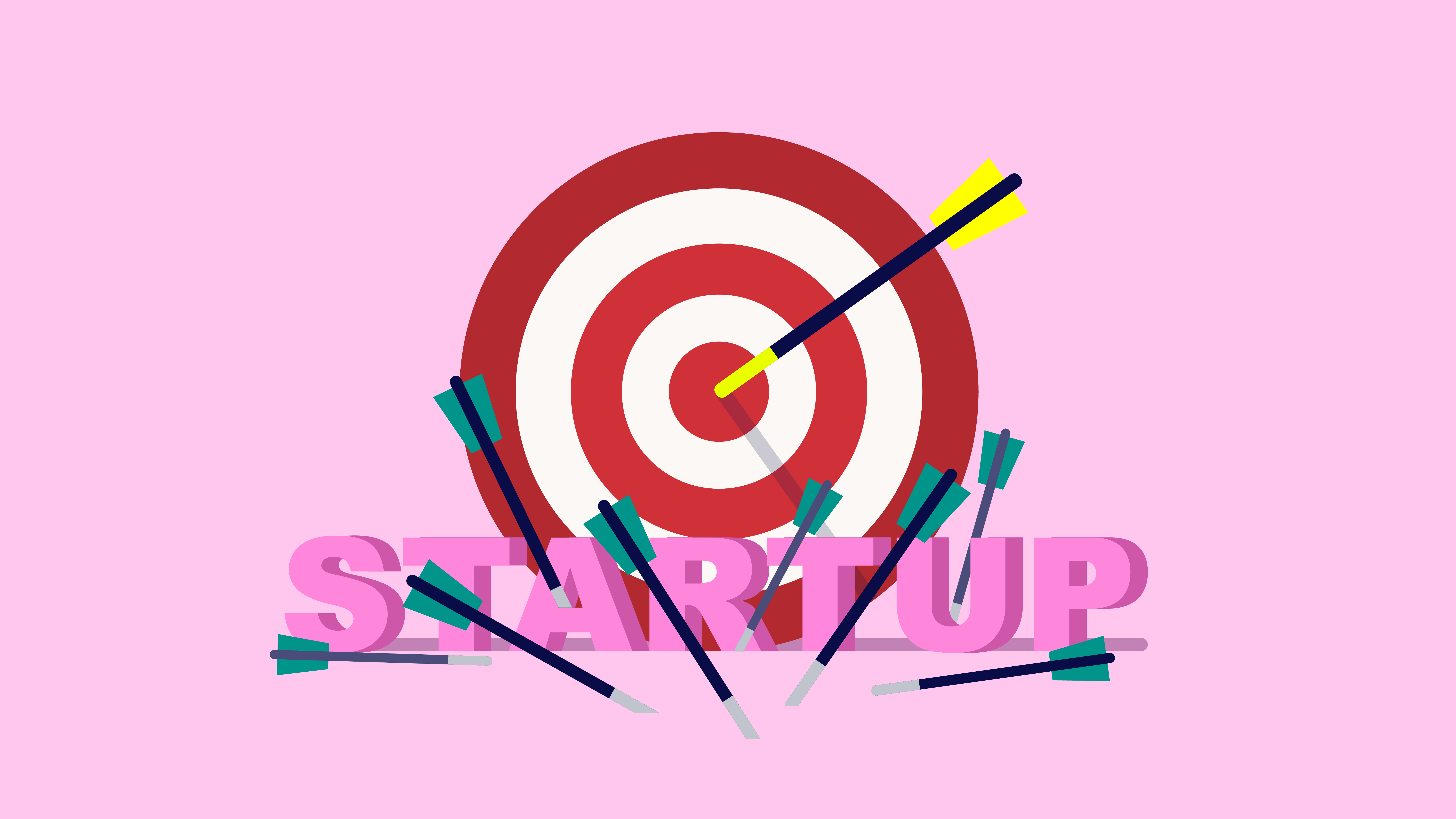There is another way how you can provide patients with an opportunity to get instant access to their personal data if you own a clinic or you want to create third-party software for hospitals. You can develop a patient portal that can be integrated into the existing EHR/EMR app.
But what is a patient portal? Why may EHR software need it? And mainly, how to create it? You don’t need to look for answers somewhere because they are all at your disposal in this article.
What Is A Patient Portal?
A patient portal is an online service that allows patients to access their medical information round the clock. But its primary goal is to improve the interaction between patients and healthcare providers. Patients can always stay up-to-date and take an active role in communication with physicians.
Using patient portals, users can perform crucial but straightforward tasks like scheduling an appointment with a doctor, chatting with doctors, studying educational resources, and getting access to their health information.
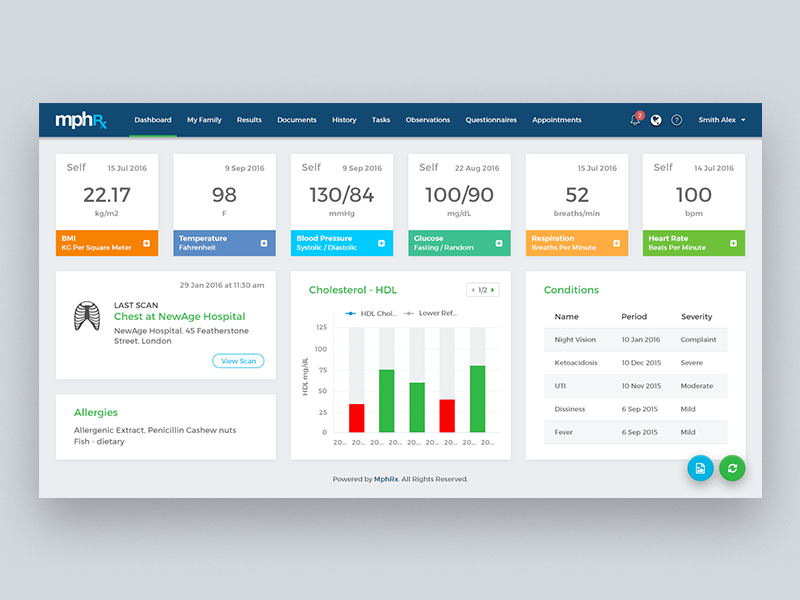
Girish Tarwatkar
You can find more info about appointment scheduling in our article dedicated to doctor appointment app development.
There are two types of patient portals:
A standalone service that works separately from any EHR or EMR apps, and it has a limited feature list, as a rule.
An integrated portal that works in conjunction with any system used by hospitals, and it serves as an addition to a full-fledged patient experience. It is a more expensive solution; however, it provides additional capabilities and automation of many processes.
What is the first step of any software development? You need to hire developers. Contact Cadabra Studio.
Why Do You Need A Patient Portal As A Standalone But Integrated Software?
No, it is not a mistake. The question sounds correct. You need to create a standalone patient portal that may function independently but remain compatible with third-party healthcare-related software like EHR systems. Thus, your patient portal service will be more valuable and competitive.
You will also find out how to create an EHR system in our article about EHR software development.
As for the importance and reason for patient portal development, if you want patients to be engaged in the treatment process and communicate with physicians, the patient portal creation is the first step.
Patients have more trust in healthcare providers who let them stay aware of all related medical procedures; patients may make more informed decisions due to the availability of necessary information.
Besides, if you have your clinic and plan to build tight relationships with patients, you must create a patient portal. Remember that loyal customers contribute to your business’ success.
Finally, patient portals are equally helpful for medical staff as well. It helps organize many routine processes, simplify, and even automate them. Likewise, you, as the owner, may monitor the fulfillment of duties by medical personnel.
However, let’s single out all the critical benefits of patient portals.
Major Benefits Of Patient Portal
We will list all advantages of patient portal development to provide you with a full and transparent picture.
Patient-centered focus. As was mentioned above, hospitals and other medical institutions strive to interact with patients as much as possible. Thus, patient portals are necessary for patients to get all information about their health condition, chat with doctors, read helpful resources, etc.
Time-saving software. Since communication between patients and physicians becomes more comfortable, it saves more time for both parties. Besides, digital transformation allows patients to have all information by the side in electronic form. Patients may find their answers to the frequently asked questions, so they don’t need to attack doctors with the same questions again and again. Also, when patients need to see their lab results, they simply log in to the patient portal.
Optimized workflow. The medical staff doesn’t need to deal with secondary tasks that become automated with patient portals. So they can focus on more critical tasks and optimize existing working processes.
Reduction of possible errors. All personal information of each patient is stored in the patient portal, and physicians can rely on it to make a more accurate diagnosis and avoid any misunderstanding. Besides, physicians don’t need to call patients and bother them on each issue.
Improvement of clinical outcomes. Patients start following doctors’ orders more responsibly, and it impacts better clinical outcomes. Also, doctors may control the fulfillment of drug regimens and appointments with a patient portal’s help.
By the way, as for your profits and revenue generation, the patient portal won’t offer you multiple monetization ways.
In-app advertising won’t be the right solution for such software as a patient portal, and it must be ad-free so as not to distract users’ attention. If your patient portal is built to integrate with third-party services, an optimal monetization way is a transaction fee. You will get a fixed fee from each transaction made by the patient for an appointment.
However, partnerships with relevant healthcare organizations (whether it be a hospital or laboratory) may also be used for monetization. You will promote their organization in your patient portal for an agreed cost.
Don’t you know what revenue models are optimal for your future app? We will provide a detailed development plan — contact Cadabra Studio.
How To Develop A Patient Portal And Why You Need A Custom Solution
Before we proceed to the patient portal implementation project plan, we want to explain why you should create a custom patient portal rather than buy an off-the-shelf product.
Yes, there are ready-made portals on the market. You can buy one of them and use it in your clinic/hospital. But they won’t have all the necessary features you need, it will be a multipurpose software, so it cannot meet all your requirements and be customized to your services’ needs.
That is why you need to get in touch with a software development company experienced in the development of healthcare apps and websites. Cadabra Studio is the right choice. And now, let’s talk about the steps.
Identify Your Target Audience
It may seem a weird step since patients are people of different ages, and patient portals are not explicitly created for millennials or Generation X. They are made for everyone. That is why you must consider it first and ensure that the developed patient portal will be accessible and user-friendly for all generations.
Consider Patients’ Priorities
Patient-centered focus, remember? So you should consider all needs and expectations of your target audience. Add all features your patients will need, and analysis of other existing systems will help you adapt your patient portal for all audience groups.
Make Your App Compliant With Local Regulations
Since your patient portal will store personal data, you must abide by all local healthcare data processing rules. Everything depends on the region where you plan to launch your portal. In Europe, your app must be compliant with the GDPR law. You can find more info in our article about GDPR compliance.
In the USA, HIPAA regulations are the primary rules you must take into account. There is an article about HIPAA compliance in our blog, as well.
In Canada, there is a PIPEDA regulation. In the UK — Data Protection Act. As you can see, different regions require different compliance regulations. So you cannot ignore this step; otherwise, a penalty will be imposed.
Protect A Patient Portal Adequately
Apart from appealing features and design, patients must be confident that their data is appropriately protected. If personal information is leaked, your software will be compromised, and it is unlikely that you will be able to save your reputation. Therefore, you must discuss this step with a development team (although our company will pay attention to the software protection by default). Developers will apply relevant security layers and techniques to ensure your software is protected from malware and other attacks.
Choose A Trendy Technology
The more advanced your software is, the greater the chance it will attract users. However, the adoption of technologies should also be performed wisely — there is no sense to integrate everything one by one. It is enough to use a couple (but suitable) technologies like AI and Big Data, for example. But don’t worry, if you are far from this industry and don’t know what to choose — developers will do it for you.
Design, Design, Design…
Of course, you cannot forget about the usability of your patient portal and thought-out UX design. Remember that all patients, regardless of their age, want to get a consistent and clear-cut design. That is why designers are the specialists who you must hire first. We may check it — we have an article where you find information on why hiring a UX designer before the developer is crucial. Once designers complete their part of the work, developers come into play.
…And Development
However, it is not the best option when you hire designers separately, and then you hire developers from another company. An optimal solution for everyone is to hire a dedicated development team involved in patient portal development. The team will include all specialists ranging from project managers to QA engineers.
A team in one company always works together, they collaborate much better, and they often understand each other better, a word to the wise. Thus, Cadabra Studio is the company where all related and skilled professionals are at your disposal.
Don’t Forget About Thorough Testing
The final step, but not less important, is to let QA engineers perform all necessary testing types and ensure that your patient portal works efficiently. In some cases, our developers may use a test-driven development (TDD) method. TDD is the method when testing is performed after each development stage — it allows reducing the number of bugs and release a product faster.
Patient Portal Features To Integrate
The number of features may depend on your requirements and the patient portal’s particularities you plan to develop. But, if you remember, each software has its MVP features. MVP stands for a minimum viable product, and it implies the availability of must-have features your patient portal cannot function without.
Moreover, an MVP can be an excellent way to test your app and save the budget. Didn’t you know about it? The article about an MVP importance should be read by you.
Sign-up. Registration, or sign-up, is the first step patients must take. And mind that social sign-in (via social media) is not a secure way of authentication. We recommend providing multi-factor authentication via email as login, password, and confirmation of the personal phone number will be an additional protection layer. The access must be protected from unauthorized third parties.
Personal profile. Yes, a patient portal means it contains the personal data of each patient. So the personal account of a patient must be available, and it should allow them to manage all data, edit it, add photos, contact details, etc.
Schedule an appointment. Patients can browse doctor’s contact information and personal details, see their schedule, and book an appointment. The doctor’s timetable represents multiple slots where each slot implies a time range when a doctor may see a patient. When a doctor confirms an appointment, patients receive a notification.
Chat. Patients may send messages not only to doctors but other members of medical staff like nurses. Doctors may delegate the coordination of non-important tasks to subordinates.
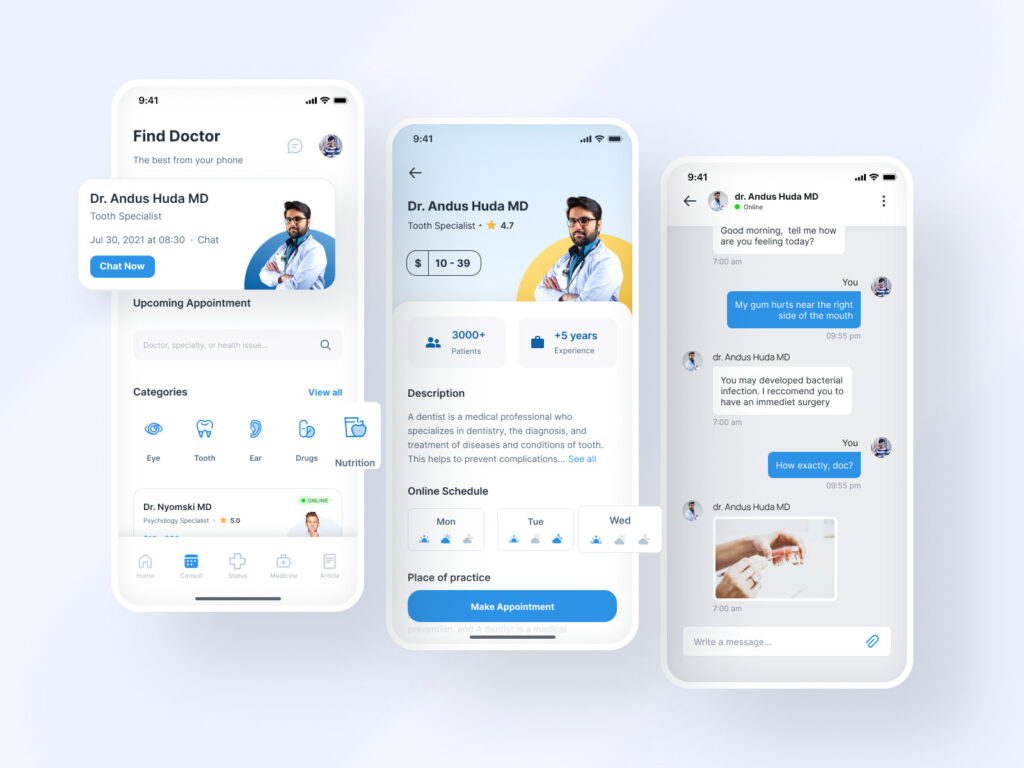
Push notifications. Notifications are crucial since they notify users about all critical activities. Confirmation of an appointment with a doctor is one of them. Thus, patients don’t need to access the portal every hour to check for any updates.
Integration with third-party apps. Your patient portal will be more competitive and robust if it is compatible with third-party systems. The value of your software will grow exponentially.
Payment gateway. Patients can make payments, see payments history, and deal with other payment-related issues. Mind to use trustworthy payment gateway providers like Braintree or Stripe.
Access to educational resources. Your patient portal should have educational materials for patients, FAQs, explanations of medical terms, etc. Let patients get all the essential information right from your software.
Exciting features don’t make an excellent app. Experienced developers make it. Hire Cadabra Studio to build your product!
What About The Cost Of Patient Portal Development?
How to be prepared for software development and estimate your budget? First, you need to understand how the cost is formed and what factors it depends on. It will help you prepare better and evaluate your financial capabilities effectively.
As we noted, MVP is the product you can start creating to measure how users interact with it, gather their feedback, and monitor key metrics. If users want some additional features — you contact developers concerning portal updates. However, the final cost depends on the region as well, where you will hire developers.
For example, in the USA, where developers’ hourly rates range from $120 and higher, your patient portal development cost may exceed $80K. In Western Europe (rates vary between $75-120), your patient portal will cost about $50-70K.
In contrast with $25-35K at Cadabra Studio, which is located in Ukraine. The average rate in Ukraine and neighboring countries in Eastern Europe is $50 per hour. But the quality level of developers will be on a high level because Ukraine is a perfect arena for outsourcing. The article about hiring Ukrainian developers will reveal some benefits and tips you should know.
Enough said, we think. You don’t need to learn programming and design — it is always better to cooperate with professionals. Cadabra Studio’s goal is to solve your problems, not create new ones. Contact our team!


